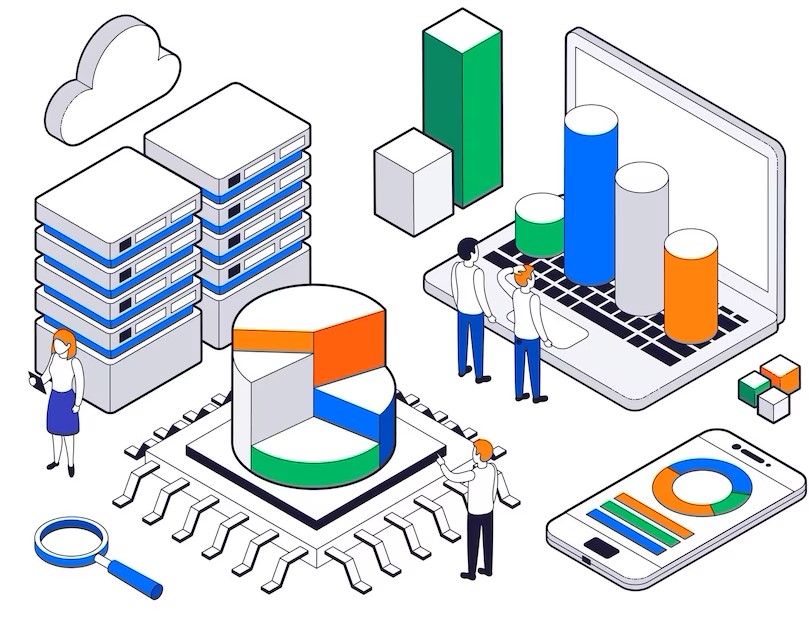Learn the best practices for selecting the right analytics software for your big data needs. Explore key considerations, features, and tips to navigate the ever-evolving landscape of big data analytics software.
Introduction
In today’s data-driven world, businesses and organizations are constantly inundated with massive amounts of data from various sources. To make meaningful insights and informed decisions, selecting the right analytics software is crucial. However, with the vast array of options available in the big data landscape, navigating the selection process can be overwhelming. In this blog post, we will discuss best practices for selecting analytics software that meets your organization’s unique requirements and helps you harness the power of big data.
Key Considerations for Analytics Software Selection
- Data Scalability: Big data requires scalable analytics software that can handle large volumes of data efficiently. Consider the software’s capability to scale horizontally and vertically to accommodate growing data needs.
- Data Integration: Look for analytics software that can seamlessly integrate with various data sources, such as databases, data lakes, APIs, and external platforms, to ensure smooth data ingestion and processing.
- Analytics Capabilities: Assess the software’s analytics capabilities, including machine learning, natural language processing, predictive analytics, prescriptive analytics, and visualization, to ensure it aligns with your organization’s specific analytics requirements.
- User-friendly Interface: Consider the ease of use and user-friendliness of the software, including its data visualization capabilities, reporting, and dashboarding features, to ensure that your team can easily utilize and interpret the insights generated.
- Scalability and Flexibility: Look for software that provides flexibility in terms of deployment options, such as on-premises, cloud-based, or hybrid solutions, to suit your organization’s infrastructure and scalability needs.
- Data Security: Data security is crucial in the big data landscape. Ensure that the analytics software has robust security features, such as data encryption, access controls, and compliance with data regulations, to protect your sensitive data.
From Data to Decisions: Exploring the Latest Innovations in Big Data Analytics Software
Best Practices for Analytics Software Selection
- Define Your Analytics Requirements: Clearly define your organization’s analytics requirements and goals. Understand the specific use cases, data types, and analytics capabilities you need to derive insights from your big data.
- Conduct Thorough Research: Research and evaluate multiple analytics software options in the market. Consider factors such as features, functionality, customer reviews, vendor reputation, and pricing to narrow down your options.
- Conduct Proof of Concepts (POCs): Perform POCs with shortlisted analytics software to test their functionality, performance, and compatibility with your data sources. This will help you assess their suitability for your organization’s needs.
- Consider Total Cost of Ownership (TCO): Evaluate the TCO of the analytics software, including licensing costs, maintenance fees, training costs, and ongoing operational costs, to ensure it fits within your organization’s budget.
- Seek Vendor Support: Consider the vendor’s level of support, including technical support, training, documentation, and community forums, to ensure you have access to resources that can help you effectively implement and utilize the software.
Conclusion
Selecting the right analytics software is a critical decision for organizations looking to harness the power of big data. By considering key considerations and following best practices, you can navigate the big data landscape and choose the right analytics software that aligns with your organization’s unique requirements. Remember to define your analytics requirements, conduct thorough research, perform POCs, consider TCO, and seek vendor support to make an informed decision. With the right analytics software in place, your organization can unlock valuable insights from big data, make data-driven decisions, and gain a competitive edge in today’s data-driven business landscape.

